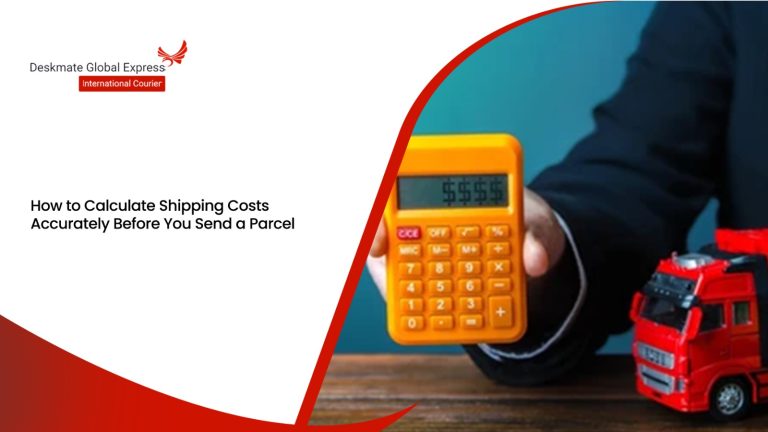Is there a Way to Make an Accurate Calculation of the Costs of Shipment Before an Item Is Sent?
Shipping charges sometimes can catch you unawares. It can either be sending customers’ orders or a fabulous gift for a friend: predicting the cost beforehand will make sure-to-avoid very unwanted surprises and inordinate delays, which all prevent irregular budgeting. In knowing the key factors couriers consider in setting rates, you are better able to prepare, pick the appropriate service, and avoid being overcharged, too. Here are the steps.

1. Find the actual weight of your parcel
One of the simplest steps will be the first: weigh your parcel. Put the parcel on a reliable weighing scale that provides the most accurate results in kilograms or pounds. Actually, just a couple of grams can push your parcel into the next price bracket, so it is always good to make sure by weighing twice. Most of the time, the courier will be rounding the weight to the nearest whole number, which can only increase your charge slightly. If your parcel is slightly heavier than a given threshold, you would save some money by weighing it twice and questioning the official reading.
2. Measure and calculate the volumetric weight
It is not merely the weight of the item that is accounted for in the shipping charges; size holds in as well. Most times, a courier will charge whatever sum is bigger between the real weight and the volumetric weight of the item(s) to be shipped. To get the volumetric weight, multiply the length, width, and height of the parcel and then divide that figure by the volumetric divisor given by the courier-that speaks to how much space the parcel occupies in a delivery vehicle or an aircraft.
3. Establish the destination and the service zone
The destination of the parcel also greatly affects the cost. The cheaper shipments are generally those sent within domestic limits, while those sent internationally or to remote places are expensive and time-consuming. Couriers classify destinations into zones, wherein the charges vary for every zone. Also, some areas attract remote area fees. Checking the zone of your parcel would thus help you make a better budget estimate and also compare prices between different couriers or service classes.
4. Extra costs and services
The advertised rates are only for basic pickup. They usually come with fuel surcharges, customs duties, optional insurance coverage, toll fees, and signature on receipt fees. If you think you are being charged, a fee for special handling is charged on items that are fragile, high-value, or temperature-sensitive. International shipments may also attract import taxes or clearance fees. These should be factored into your cost calculation so that your total is realistic, eliminating the chances of unexpected costs once your parcel is sent.



